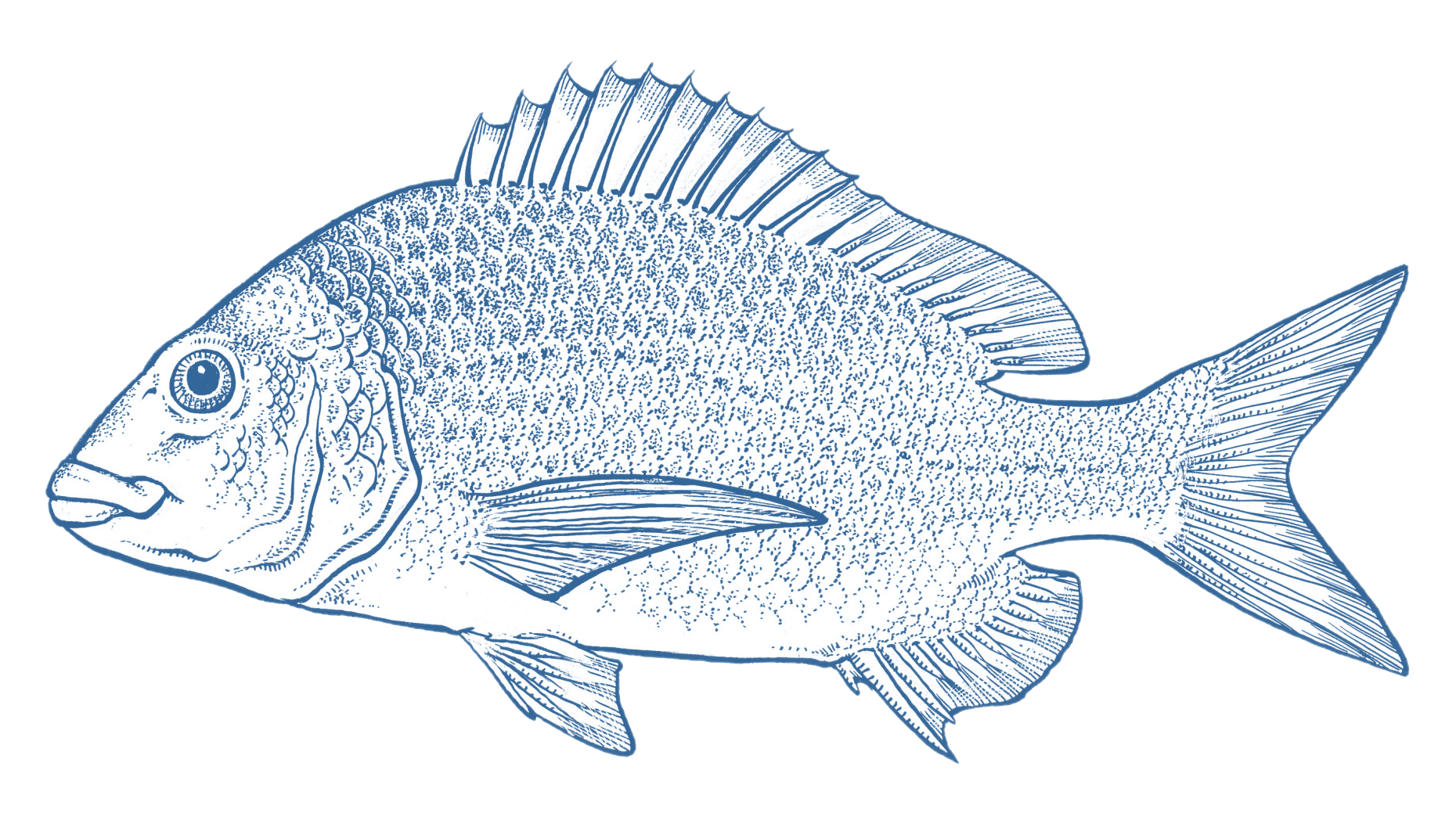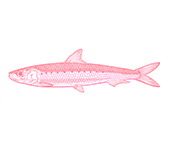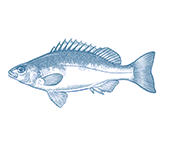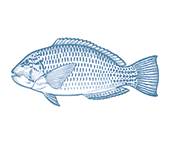




- Better Choice
Wild Caught
Region:
NSW
- Yellowfin Bream is mostly caught using gillnets, and also by haul seine nets, in estuaries and from sandy beaches throughout New South Wales.
- Yellowfin Bream populations in NSW appear to be healthy.
- The nets used to catch Yellowfin Bream generally have a low impact on habitats.
- Fishery impacts on threatened species appear minimal, although there has been no independent observer coverage in recent years.
- Bycatch of threatened and protected species may be low, but there is concern over the absence of any reliable information collection program.






Yellowfin bream is the smaller cousin of Snapper, and it has similar white flesh. Bream are the perfect size to cook whole. Cut some slits in the flesh to help ensure even cooking, and then either steam or wrap in foil to bake or BBQ. Fillets of Yellowfin Bream are delicious pan-fried, barbecued, steamed or poached. Very fresh specimens can also be served raw – thinly slice and serve as sashimi with a light ponzu dipping sauce, or dice fillets for a ceviche or fish tartare.
- NSW Estuary General Fishery, Ocean Haul Fishery (167t in 2022)
Yellowfin Bream are endemic to eastern Australia, and are found from Townsville to Gippsland in marine or brackish estuarine, riverine or coastal lakes and bays. Yellowfin bream are mostly caught using gillnets and to a lesser extent beach and haul seine nets.
The stock of Yellowfin Bream in NSW is considered healthy, as commercial catches are stable compared to fishery catch records, indicating that overfishing is not occurring.The major portion of the yellowfin bream catch comes from the NSW fisheries, with smaller volumes caught in QLD. Marine parks and extensive commercial fishing closures in estuaries likely provide a degree of protection and resilience.
Fishing for Yellowfin Bream generally takes place in estuaries and nearshore environments using various types of nets, all of which have a low impact on habitats. As fishers are present at the nets during fishing, endangered wildlife can be released alive. It is also likely that these fisheries have a low catch of threatened and protected species based on previous independent observer records of bycatch in NSW, although there has been no observer coverage to verify logbook reporting of threatened species interaction reporting since 2009. While there is no observer coverage, it is highly unlikely that there are significant interactions with endangered wildlife.
The NSW fishery also catches mulloway, a species that is overfished but likely recovering in NSW. There is evidence that fishing for yellowfin bream is not hindering the recovery of mulloway, thanks to welcome improvements in management of the fishery.


